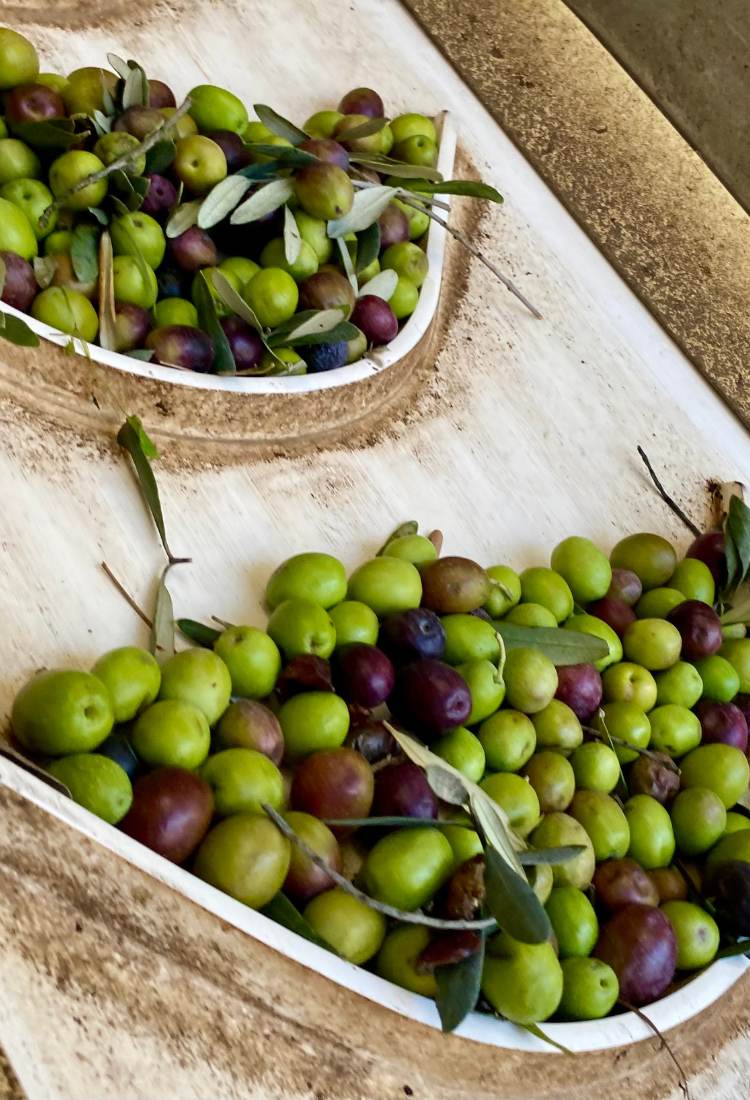
Olive oil has been a popular and healthy cooking oil for hundreds of years, especially in the Mediterranean diet. However, in recent years, the black market for fake olive oil has become a significant problem.
It’s sad but true, but many olive oil brands bought around the world (yes, even in the US!) are cut with lesser-quality oils, which are then sold to unsuspecting consumers.
A Lot of Olive Oil is Cut with Lesser-Quality Oils
Wait, what? I know, I had a hard time believing this is a thing, too. But it’s true. There is a black market for fake olive oil and it’s a big problem. A lot of olive oil purchased in stores is not 100% real olive oil. This post covers why this is happening and how you can make sure you’re getting real olive oil that is not cut with lesser-quality oil.
Why Is Fake Olive Oil a Thing?
The black market for olive oil exists primarily due to the high value of pure, authentic olive oil.
Olive oil is one of the more expensive cooking oils on the market, making it an attractive target for counterfeiters looking to make a profit by selling fake or adulterated versions.
Many olive oil brands are cut with lesser-quality oils as a way to increase profits. This practice is known as oil blending, and it involves mixing a small amount of genuine olive oil with cheaper oils like soybean or canola oil. The resulting blend may still be labeled and sold as “olive oil,” even though it may contain only a small percentage of actual olive oil. (Yikes!)
Facts About the Black Market for Fake Olive Oil:
1. Olive Oil Is a High-Value Commodity
Olive oil (and its more common product extra virgin olive oil) is one of the most expensive cooking oils on the market, making it a lucrative commodity for counterfeiters. According to the International Olive Council, the global olive oil market was valued at $12.9 billion in 2020.
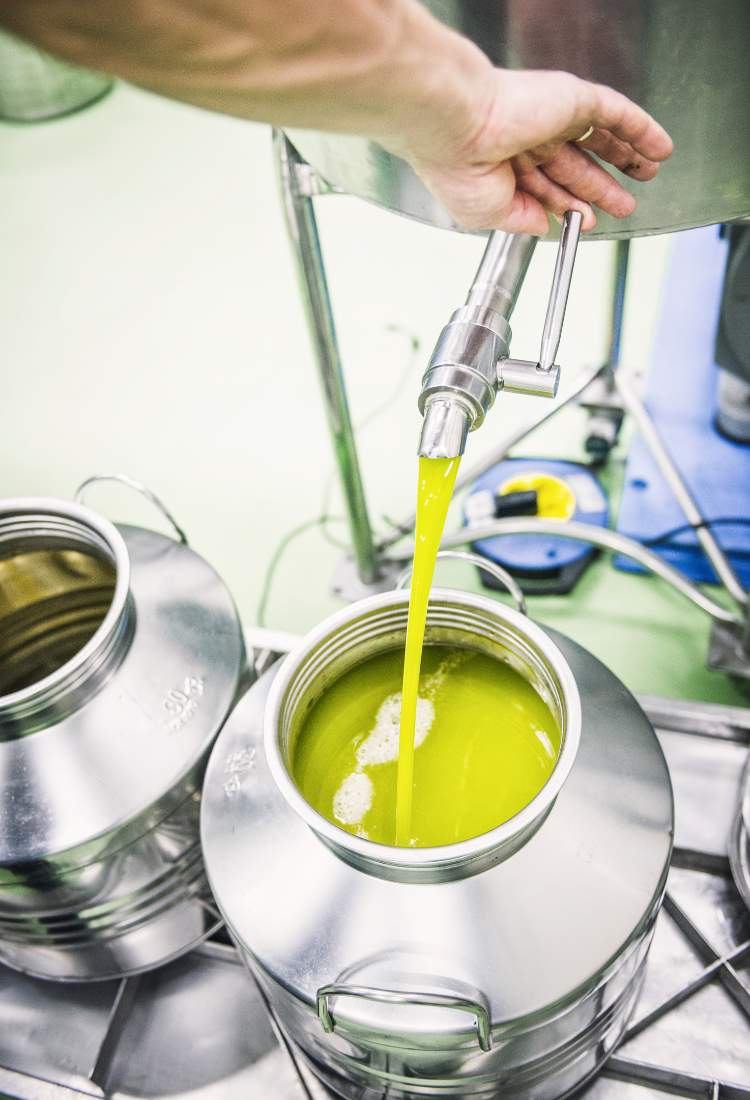
2. Fake Olive Oil Is Widespread
Counterfeit olive oil can be found in many countries around the world. The most common types of fake olive oil are those that are blended with other, cheaper oils, such as soybean or canola oil.
Oil blending allows manufacturers to produce olive oil at a lower cost to them, but at a cost to the health of the people buying it. High-quality olive oil is expensive to produce, and blending with cheaper oils can help reduce production costs while still maintaining a similar flavor and appearance to genuine olive oil.
It’s difficult to estimate exactly how much olive oil is cut with lesser oils or is fake, as the practice of oil blending is often hidden and difficult to detect. However, some studies have suggested that as much as 70% of the olive oil sold in the United States is adulterated in some way.
A 2011 study by the University of California, Davis, found that 69% of imported olive oils and 10% of California olive oils tested did not meet the international standards for extra-virgin olive oil. Another study by the Italian anti-fraud police in 2017 found that over 80% of the olive oil sold as “extra-virgin” in Italy was fake or adulterated.
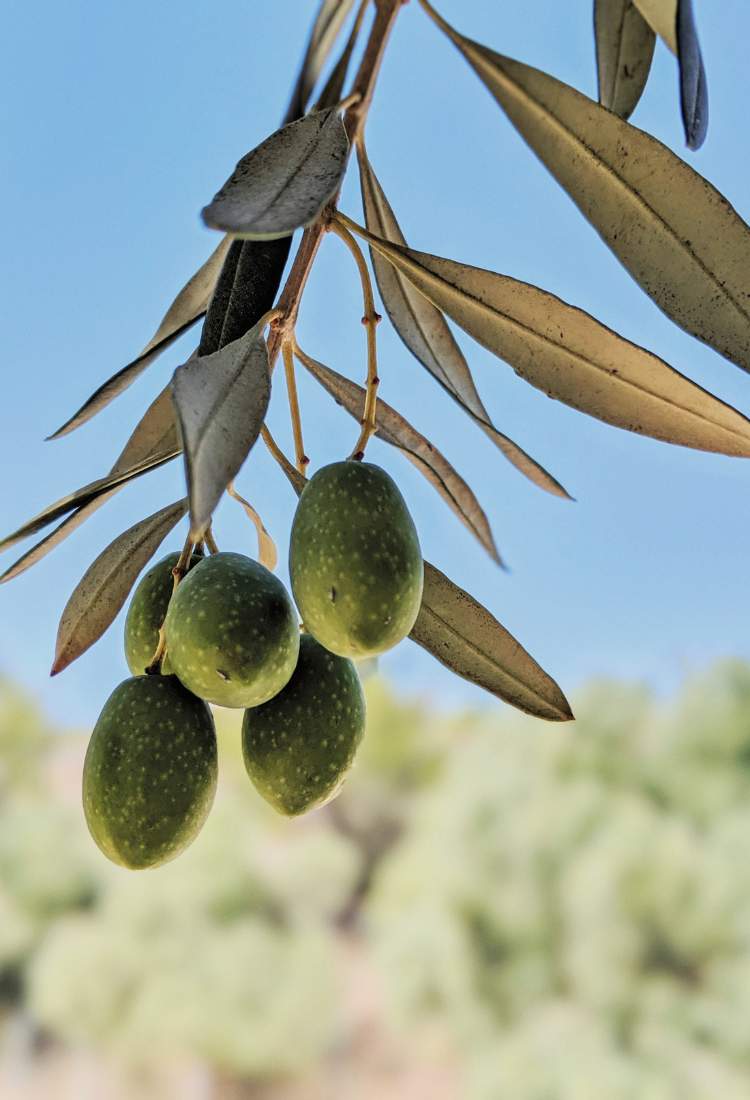
These studies suggest that the problem of adulterated olive oil is widespread and affects both domestic and imported oils. However, it’s important to note that not all olive oil brands engage in oil blending or sell fake oil, and there are many reputable brands that produce high-quality, authentic olive oil.
3. Fake Olive Oil Does Not Have the Benefits of Real Olive Oil
Not only is fake olive oil fraudulent, but it can also be harmful to your health. Fake olive that is blended with lesser-quality oils may contain toxic chemicals or additives that can cause serious health problems, such as liver damage or cancer.
The lack of regulation and oversight in the olive oil industry has also contributed to the prevalence of oil blending. In some cases, unscrupulous manufacturers have been able to get away with blending olive oil with cheaper oils and selling the resulting blend as pure olive oil due to a lack of enforcement by regulatory agencies.

To ensure that you’re getting genuine olive oil, it’s important to do your research, choose reputable brands, and look for certification or seals of approval from organizations like the California Olive Oil Council or the International Olive Council.
Spotting Fake Olive Oil
Spotting fake olive oil can be tricky because some brands blend oils and do not indicate it on the label (hence, this whole olive oil black market conundrum). It can look just like real olive oil, so it’s hard for the average person to know the difference.
One thing you can do is check the label for the country of origin and look for a seal of approval from a reputable organization, such as the California Olive Oil Council or the International Olive Council.
How to Make Sure Your Olive Oil is Not Fake
To avoid fake olive oil, it’s best to choose reputable brands that have a track record of producing high-quality olive oil.
I personally buy Thrive Market extra virgin olive oil because the company is set on a mission to provide the highest-quality food at affordable prices and they closely monitor their olive oil supply. Here’s my partner link for 40% off your first purchase.
I’ve also read that Costco does a good job of making sure their olive oil is pure. When in doubt, do your research on the company and contact them in necessary.
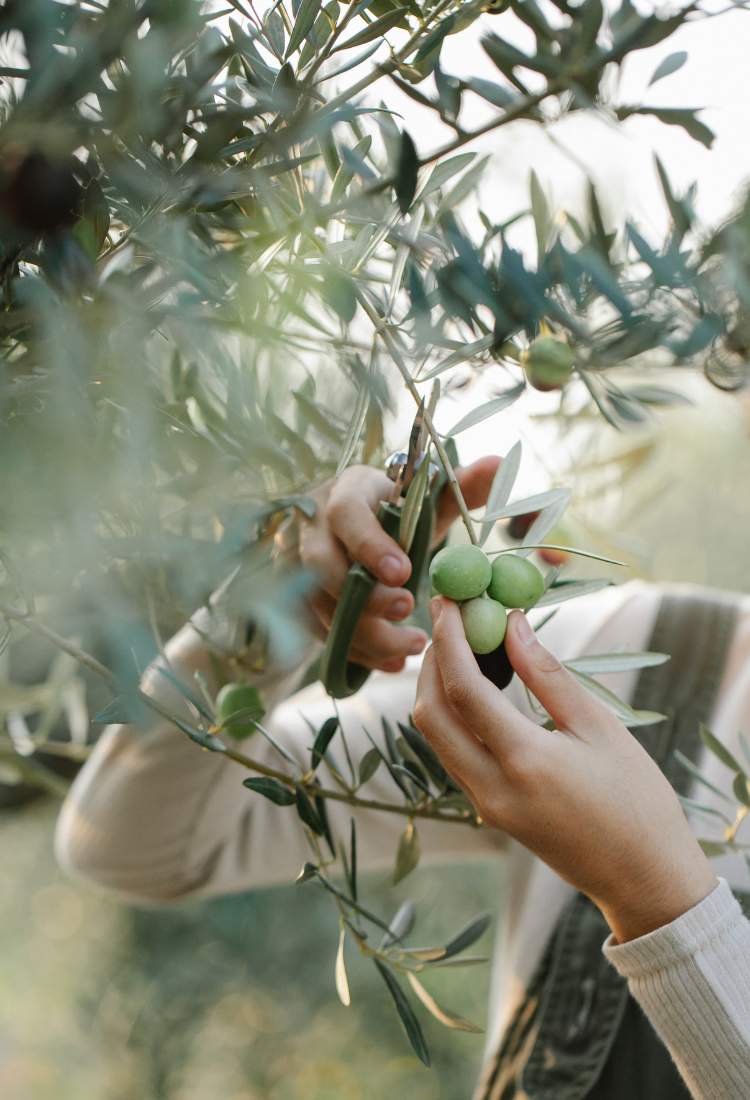
Just like any other high-quality food, the best way to make sure you’re getting real olive oil is to shop from reputable brands. Consumers can protect themselves by choosing reputable brands and checking labels for authenticity and certification.
The bottom line: the black market for fake olive oil is a significant problem that can be harmful to your health. It’s important to be aware of the signs of fake olive oil and to choose reputable brands when purchasing olive oil. By doing so, you can ensure that you’re getting the real thing and reaping the health benefits that come with it.
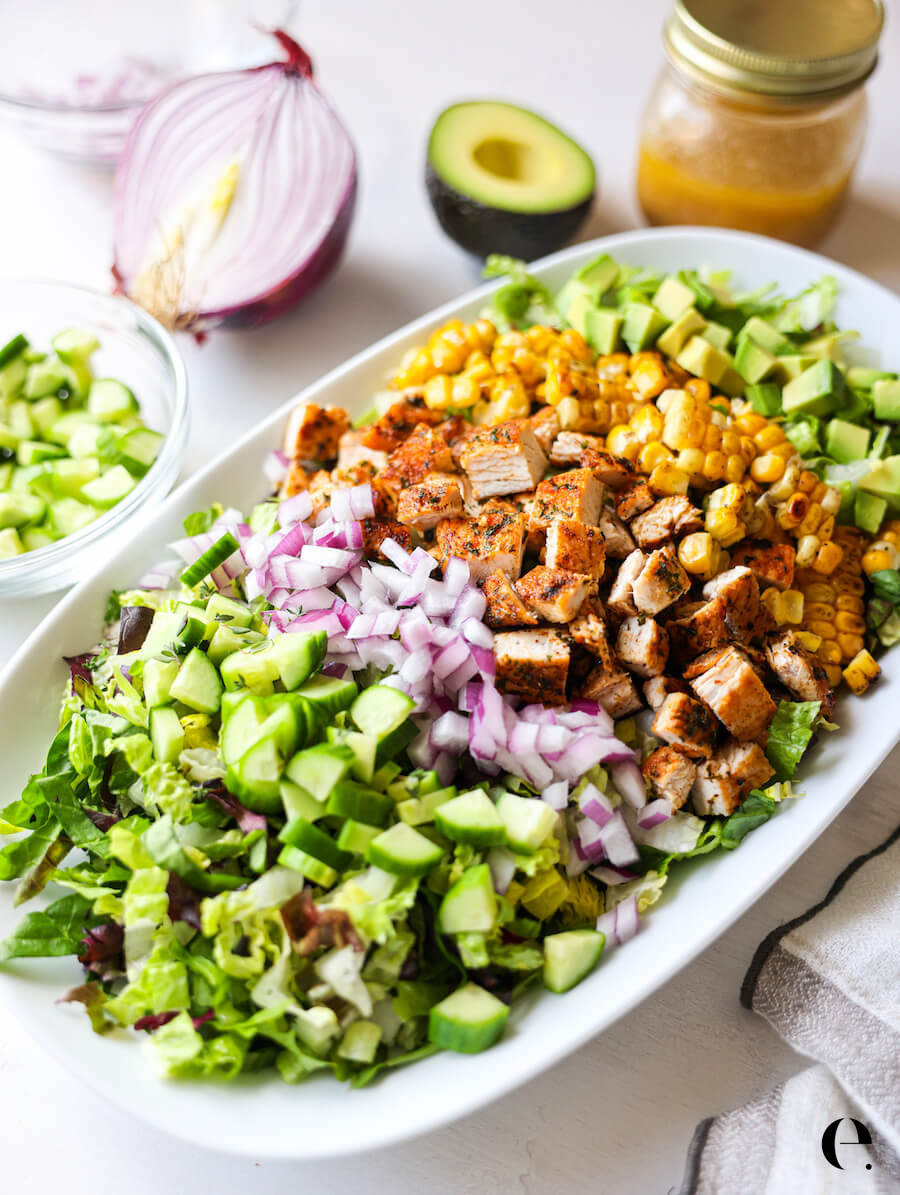

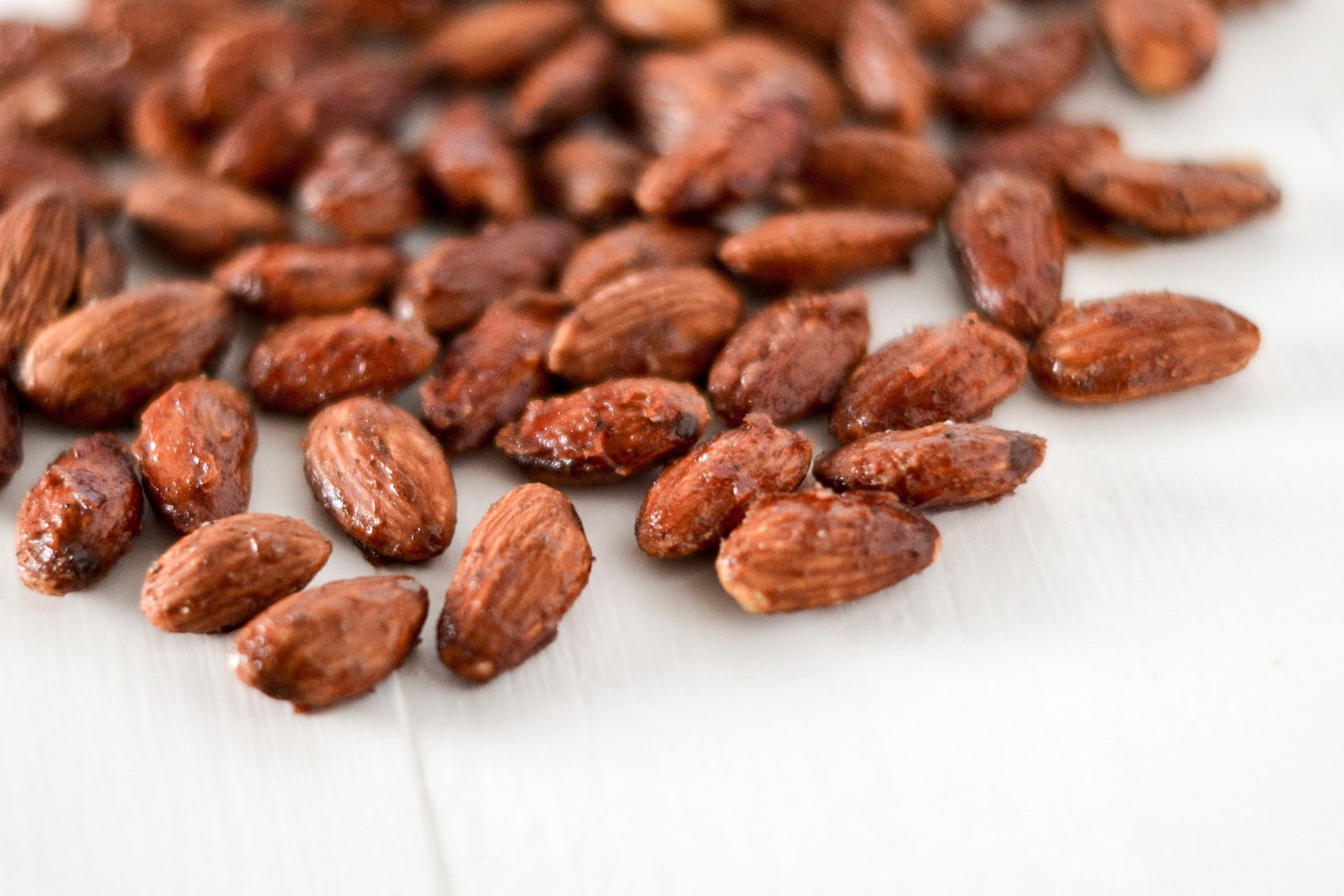




Leave A Review + Read The Comments →